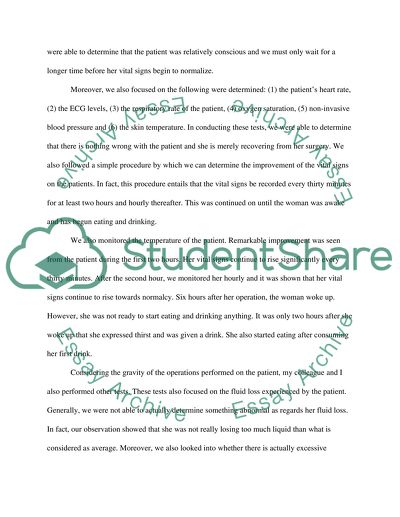Cite this document
(“The Use Of Gibbs Cycle Of Reflection Essay Example | Topics and Well Written Essays - 2750 words”, n.d.)
Retrieved from https://studentshare.org/health-sciences-medicine/1425367-reflective-essay
Retrieved from https://studentshare.org/health-sciences-medicine/1425367-reflective-essay
(The Use Of Gibbs Cycle Of Reflection Essay Example | Topics and Well Written Essays - 2750 Words)
https://studentshare.org/health-sciences-medicine/1425367-reflective-essay.
https://studentshare.org/health-sciences-medicine/1425367-reflective-essay.
“The Use Of Gibbs Cycle Of Reflection Essay Example | Topics and Well Written Essays - 2750 Words”, n.d. https://studentshare.org/health-sciences-medicine/1425367-reflective-essay.


